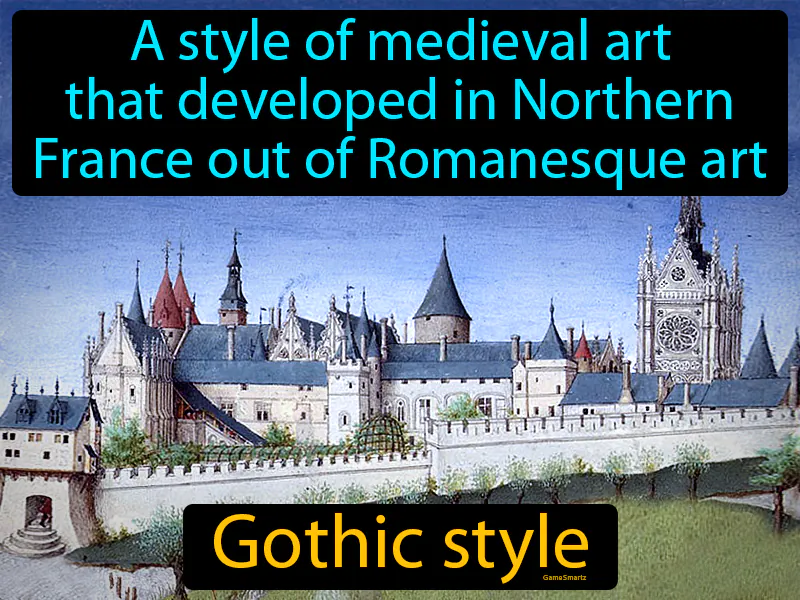Gothic Style

Gothic style, emerging during the High and Late Middle Ages (1050-1450), was a significant artistic movement that responded to the need for larger churches to accommodate growing urban populations. Its innovations, like pointed arches, ribbed vaults, and flying buttresses, allowed for taller structures with more windows, filling churches with light and creating an awe-inspiring atmosphere. This architectural style was important because it reflected the era’s emphasis on religious devotion and the power of the Church. Today, Gothic architecture still influences modern design, seen in skyscrapers and cathedrals, and reminds us of the importance of light and space in creating inviting environments. For instance, visiting a modern cathedral or museum with large, airy spaces can evoke a sense of wonder and inspiration similar to what medieval people experienced.
Practice Version

Gothic Style: A style of medieval art that developed in Northern France out of Romanesque art. Gothic style. Gothic style is a type of architecture known for its pointed arches, ribbed vaults, and flying buttresses, commonly used in cathedrals and churches during the late Middle Ages.